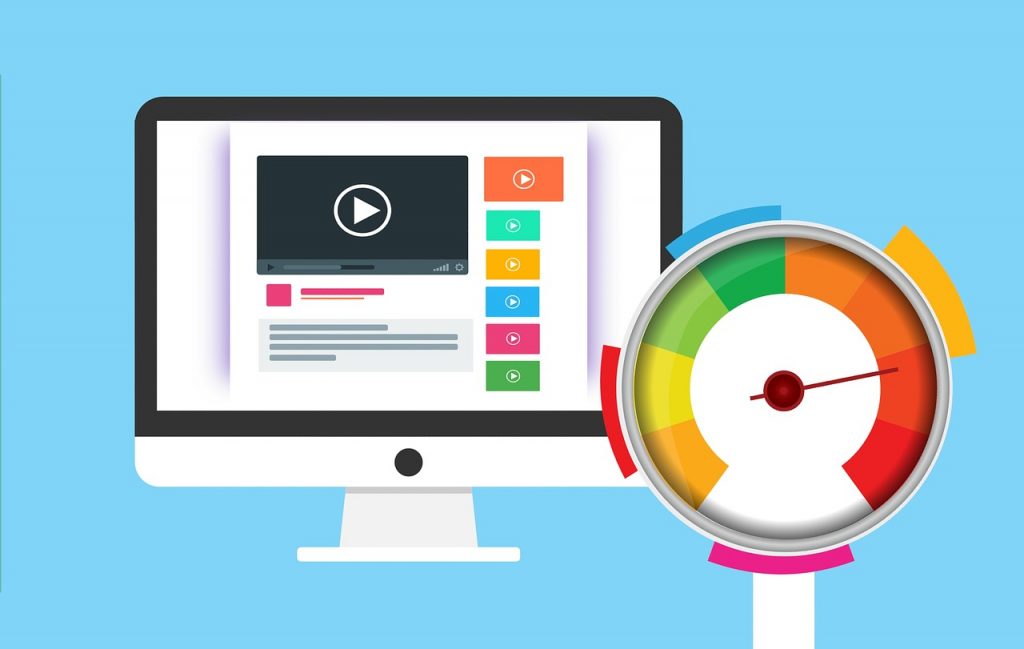
Top 10 Tips for Improving Website Loading Speed
Introduction
In today’s fast-paced digital world, website loading speed plays a crucial role in user experience and overall website success. A slow-loading website can frustrate visitors and drive them away, resulting in decreased traffic and potential revenue loss. To help you optimize your website’s loading speed, we have compiled a list of the top 10 tips that you can implement right away.
1. Optimize Image Sizes
Large image files are one of the main culprits behind slow loading times. Compressing and resizing images to the appropriate dimensions can significantly reduce their file size without compromising image quality. There are various free online tools available that can help you optimize your images and improve loading speed.
See also Optimise Images
2. Minimize HTTP Requests
Each element on your webpage, including images, scripts, and stylesheets, requires an HTTP request. The more requests your website makes, the longer it will take to load. To minimize these requests, combine multiple CSS and JavaScript files into a single file, use CSS sprites for images, and remove any unnecessary elements or plugins from your website.
3. Enable Browser Caching
Browser caching allows your website’s files to be stored in a user’s browser, enabling subsequent visits to load faster. By specifying the duration that files should be cached, you can reduce the number of requests made to your server and improve overall loading speed.
4. Use Content Delivery Networks (CDNs)
A Content Delivery Network (CDN) distributes your website’s static files across multiple servers worldwide. By serving content from the server closest to the user, CDNs can significantly reduce latency and speed up loading times. Consider using a reliable CDN service to improve your website’s performance.
5. Minify CSS and JavaScript
Minifying CSS and JavaScript involves removing unnecessary characters such as white spaces, comments, and line breaks from your code. This process reduces file sizes and improves loading speed. Several online tools and plugins are available that can automatically minify your code without affecting its functionality.
See also Minify CSS, HTML and JavaScript
6. Optimize Your Code
Review your website’s code to identify any inefficiencies or redundant lines that may be slowing down loading times. Remove any unused code, streamline your CSS and JavaScript, and consider using server-side caching techniques to optimize your website’s performance.
7. Upgrade Your Web Hosting
The quality of your web hosting provider can have a significant impact on your website’s loading speed. Consider upgrading to a hosting plan that offers faster server response times, higher bandwidth, and better overall performance. Research reputable hosting providers that specialize in optimizing website speed.
8. Enable Gzip Compression
Enabling Gzip compression on your server can greatly reduce the size of your website’s files during transmission. This compression technique allows files to be transferred more quickly, resulting in faster loading speeds for your visitors. Consult with your web hosting provider or developer to enable Gzip compression for your website.
9. Optimize Your Database
If your website relies on a database, optimizing it can contribute to improved loading speed. Regularly clean up unnecessary data, remove unused plugins or themes, and consider implementing database caching techniques. These optimizations can reduce the server’s processing time and enhance the overall performance of your website.
10. Monitor and Test Your Website
Regularly monitor and test your website’s loading speed using tools like Google PageSpeed Insights or GTmetrix. These tools can provide valuable insights and recommendations for further optimizations. By continuously analyzing and improving your website’s loading speed, you can ensure a smooth and enjoyable user experience.
Conclusion
By implementing these top 10 tips, you can significantly improve your website’s loading speed and provide a better user experience for your visitors. Remember that website optimization is an ongoing process, and regularly monitoring and fine-tuning your website’s performance is essential. Stay proactive and keep your website running at maximum speed to attract and retain more visitors.

I am a self-motivated, passionate website designer and developer. I have over ten years of experience in building websites and have developed a broad skill set including web design, frontend and backend development, and SEO.
Using my growing knowledge base I have built my own company (scriptedart.co.uk) creating websites, e-commerce stores and producing custom graphics and web app functionality for a range of local businesses.

